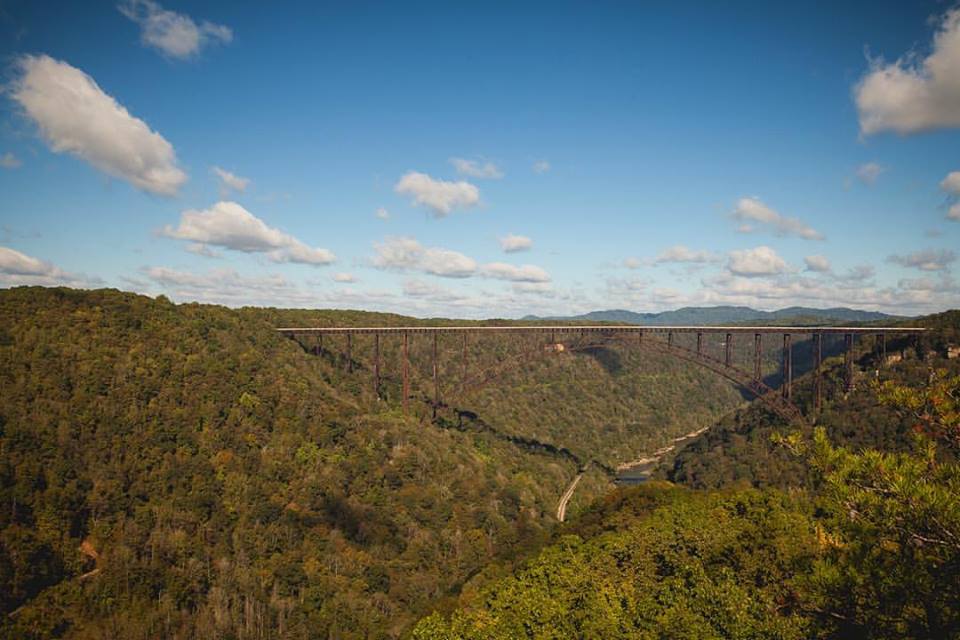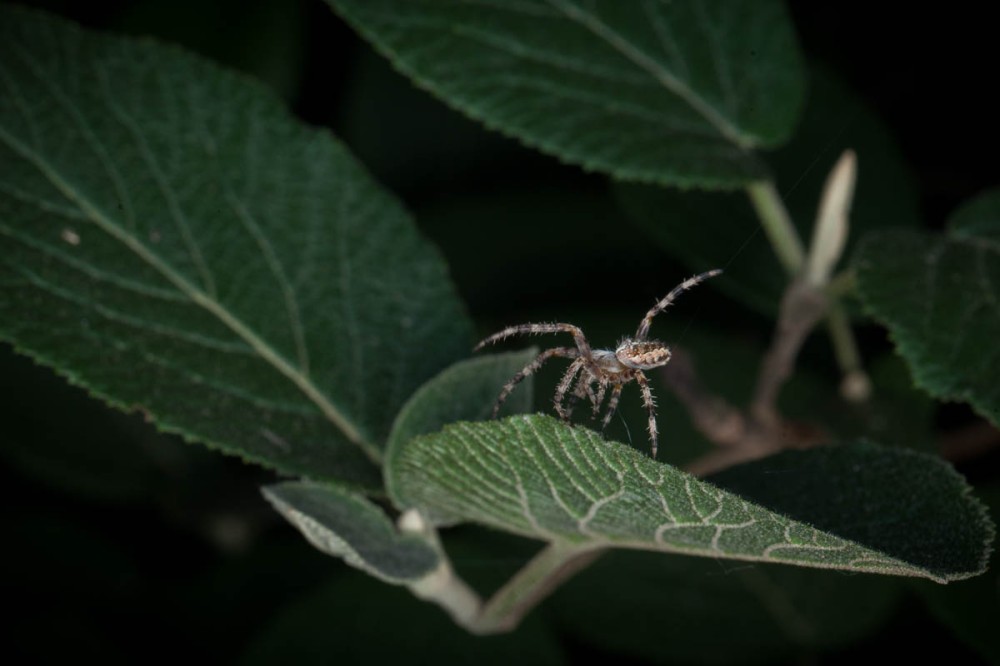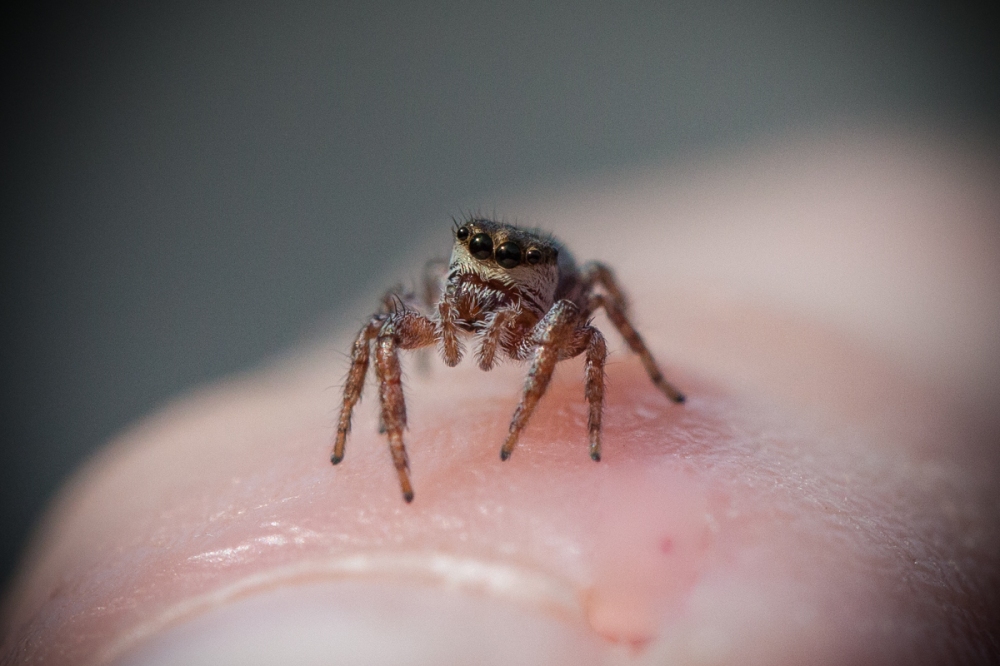If you live on planet earth, odds are, you are near a spider at most times. A famous arachnologist, Norman Platnick, once stated “Wherever you sit as you read these lines, a spider is probably no more than a few yards away.” For him, he probably felt that to be close to true, as he hails from no other than Bluefield, West Virginia. One of the most beautiful states in the US! Okay, I might be a little biased, as Bluefield is about an hour south of where my family lives, but can you imagine how many spiders live in these mountain momma’s?!

New River Gorge, Fayetteville, West Virginia
This claim made by Prof. Platnick was so widely known, scientists from all over tried to debunk it! He later went back and changed it to, “You’re probably within seven or eight feet of a spider, no matter where you are.” Which, depending on your location, this still could be right or wrong.
You can’t blame the guy for trying to spread a little spider knowledge, even if it wasn’t completely accurate. We are all, for the most part, literally surrounded by spiders. Whether you live in a mountainous range or a dry desert, there are spiders everywhere- even in the arctic! And I’m not trying to freak you out, but the fact of the matter is, they are here just as much as we are. If you happen to live a place where there’s luscious greenery, I bet you could find several different species of crab spiders, wolf spiders, and orb weavers. Of course, there are several hundreds of species of different spiders in these areas, but you could generally find your most common ones pretty easily.
I use to live in Portland, Or., where the air was so abundant that everywhere you turned, there seemed to be an eight-legged friend. I was always impressed that in a SE Portland park, you could find bushes of orb-weavers. This was at a time in my life where I felt like spiders weren’t that cool, but a little fascinating, so I went out with my camera to see if I could snag some pictures. These spiders would be hundreds by the bush, making it seem like it was just a city of spiders.

These Araneus diadematus, more commonly known as Cross orb-weaver, can be found throughout North America. You could probably find them in abundance in your backyard during late summer through early fall. They range in colors from pale yellow to almost black . Like most other species, the females are generally larger than the males, and have been found in lengths of 6.5mm to 20mm whereas males have been found from 5.5mm to 13mm. The Cross orb-weaver bears its name from a white line that travels down the abdomen and is marked with a pair of white spots that creates a “cross”. This particular species will rebuild its web everyday to maximize the chances of catching prey. It’s protein make up is slightly off in comparison of other web spinners because before building a new web, it will eat its old web, conserving silk proteins. Rebuilding webs is a common trait with orb weavers. Can you think of a time where you had a spider in the garden and every morning you would wake up to a beautiful, sparkling web?
Another common species that’s often found in many areas are jumping spiders. The Salticidae family reigns in as the largest family of spiders. Jumpers are more commonly tolerated by arachnophobes on the account of their anterior “puppy eyes” and never-ending curiosity. Their inquisitive nature, allows us to explore our own curiosities in something that would otherwise be completely terrifying… Until they perform their signature jump, and with over 5800 different known species, these guys are jumping all over the world.

In the next couple posts, we will be discovering what different types of spiders you might find depending on location of the US. I now live in the San Francisco Bay Area, and you can certainly bet that we won’t find species that can be found in the southeast region of the US!
Do you have questions about spiders in your area? Comment in the section below!